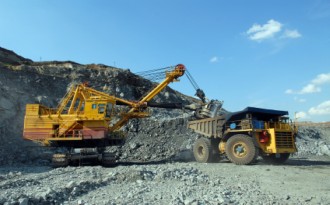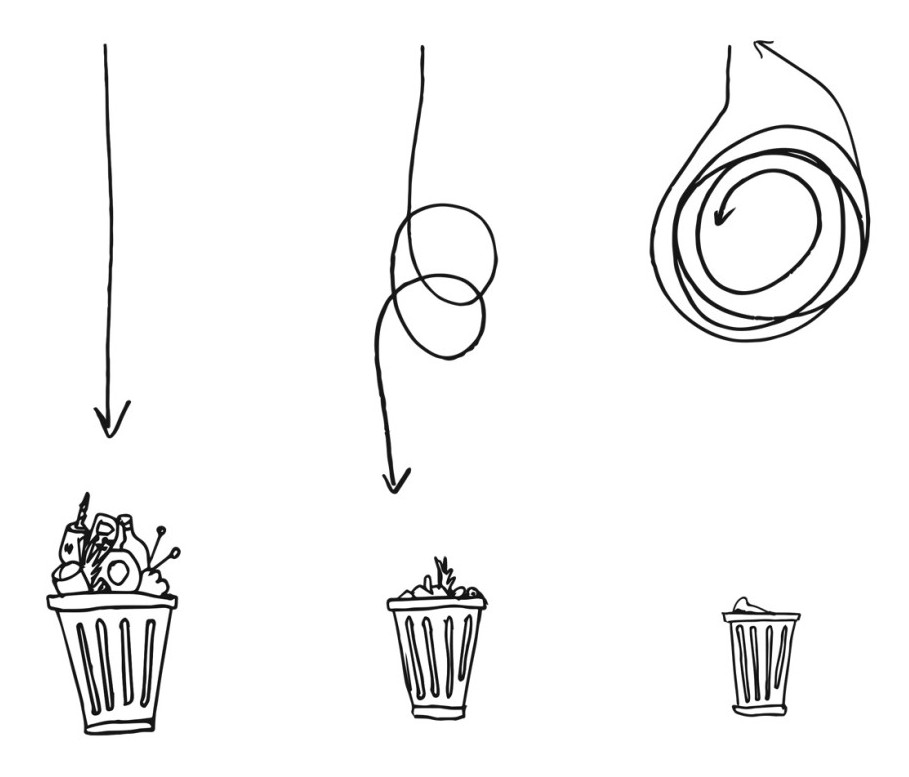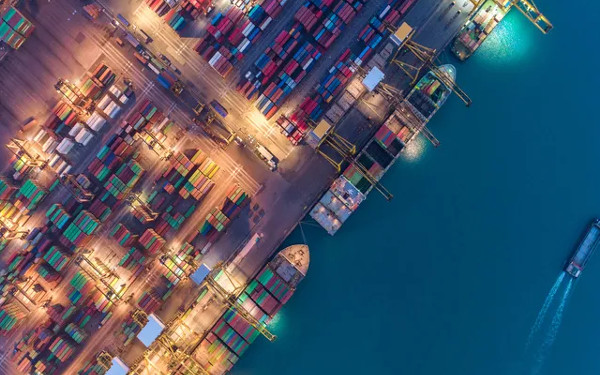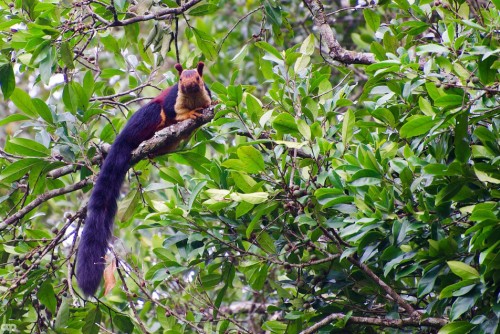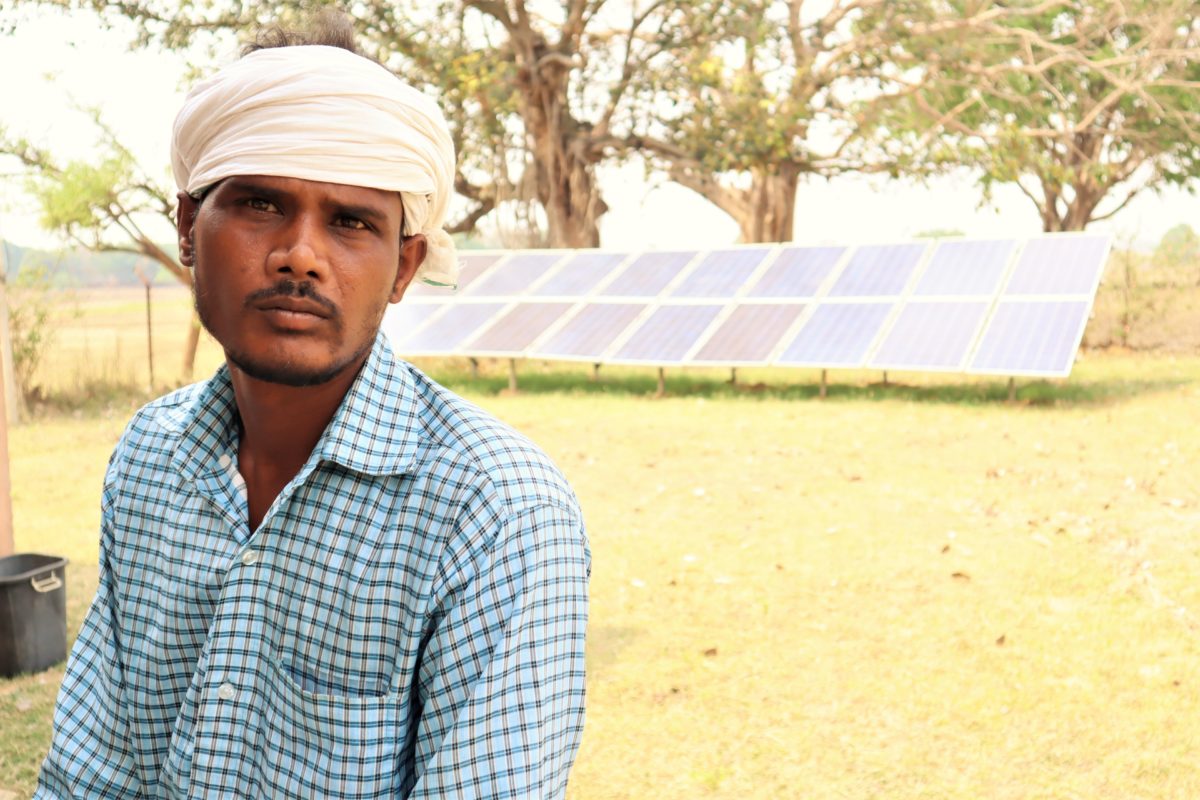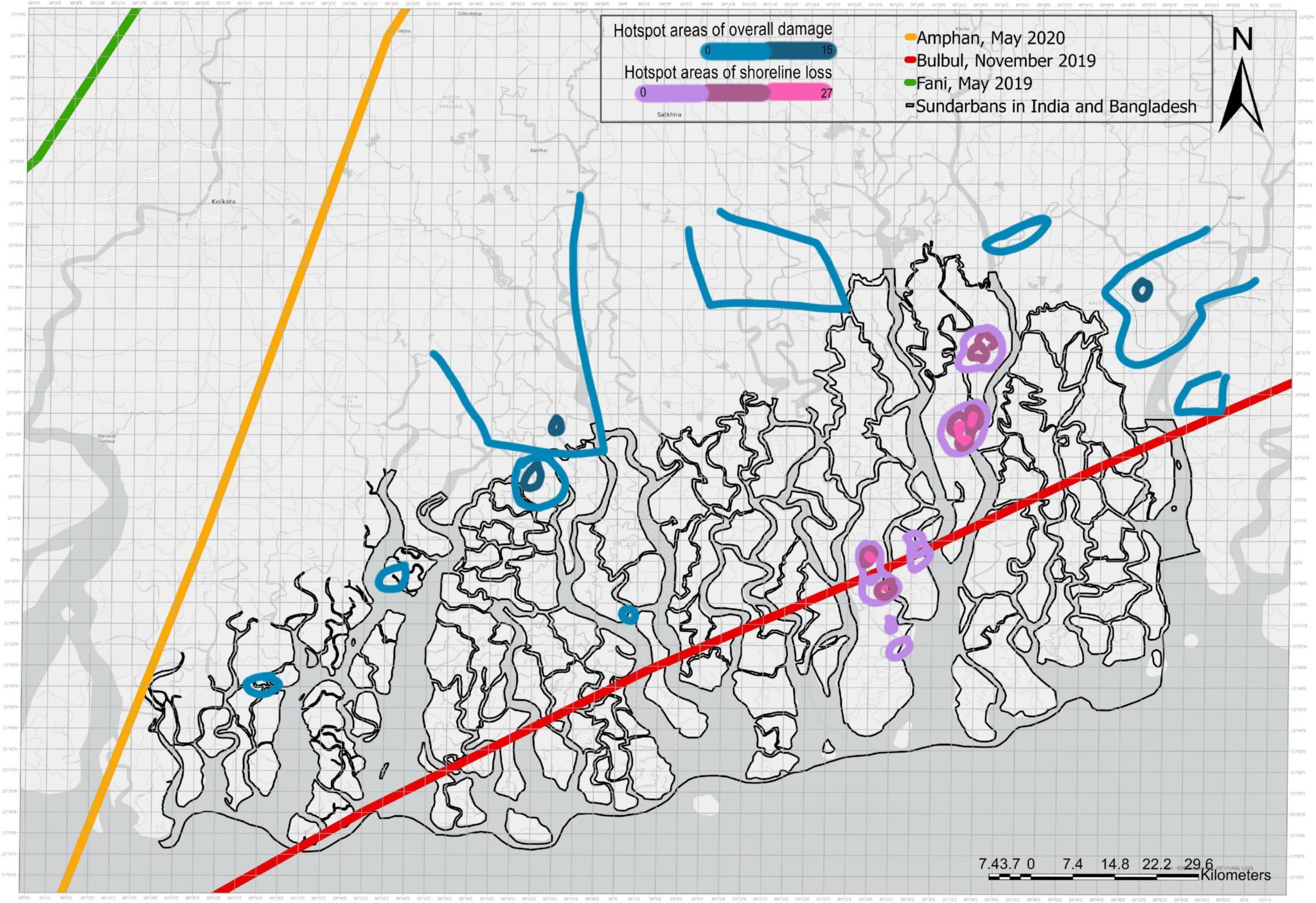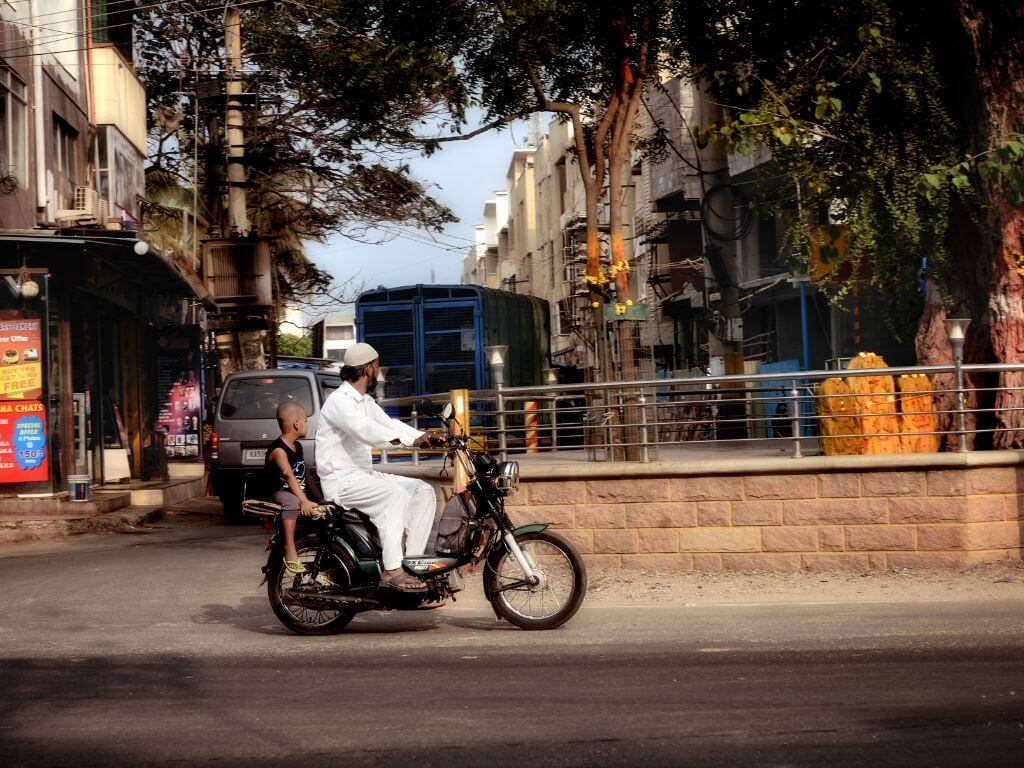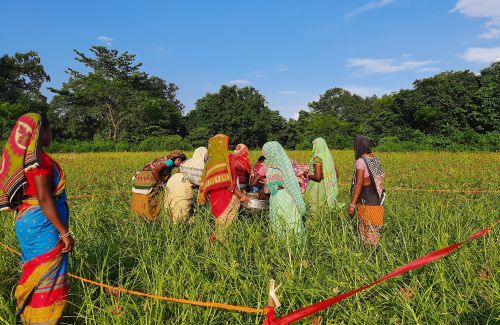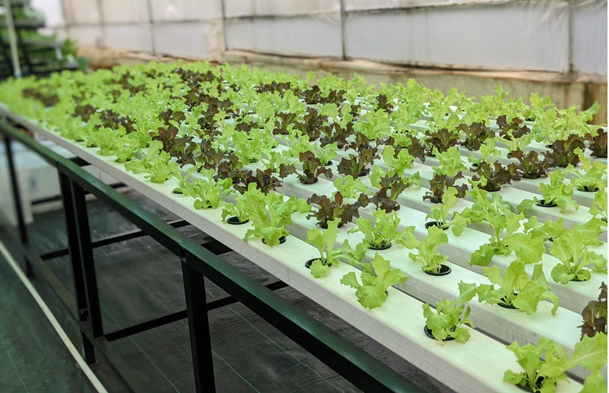OP-ED
/ WTO HONG KONG MINISTERIAL
Much ado about nothing
For the sixth time in a row, the trade ministers of the developing
world have been duped to believe that agricultural trade is for
development. Despite making loud noises and fuming over injustice,
the faulty framework that underlies the WTO remains very much in place, says
Devinder Sharma.
27 December 2005 -
Ten years after the WTO came into existence, and after six ministerial conferences, developing countries have failed miserably to force the rich industrialised countries to remove even one dollar from the massive agricultural support they provide to agribusiness corporations in the name of farmers. Unable to make any dent in the citadel of unfair trade farm subsidy of US $ 1 billion a day developing countries have time and again taken refuge behind an illusionary smoke screen. After each of the ministerial conferences, they have returned victorious, and the price has been paid by millions of small farmers edged out of farming.
The recently concluded Hong Kong Ministerial (Dec 13-18, 2005) was no exception. Much excitement has been over the promise by developed nations to eliminate export subsidies by 2013. This is the first time developing countries have managed to get a mention of reduction in subsidies. Except, at present, export subsidies do not even constitute one per cent of the total support of US $ 360 billion that the richest trading block 30 countries forming the Organisation for Economic Cooperation and Development (OECD) provide for agriculture. In any case, FAO projects that export subsidies have been steadily on the decline, falling from US $ 7.5 billion in 1995 to US $ 3 billion in 2001.
False victory
Much excitement has been over the promise by developed nations to eliminate export subsidies by 2013.
But at present, export subsidies do not even constitute one per cent of the total support of US $ 360 billion that the richest trading block 30 countries forming the Organisation for Economic Cooperation and Development (OECD) provide for agriculture.

•
Theatre of the absurd
•
Hold economists accountable too

EU provides 90 per cent of the global export subsidies. But over the years, it has very conveniently shifted the export subsidies to be part of the domestic support. Some estimates point out that EU does not shell out more than US $ 1.2 billion as export subsidies. As the French economist, Jacques Berthelot explains: "Formal export subsidies to EU cereals were reduced from Euro 2.2 billion in 1992 to 121 million in 2002. But domestic support in the form of direct payments that helped exported cereals rose from 117 million euros in 1992 to 1.3 billion euros in 2002."
Other subsidies to be eliminated as part of the promise to developing countries include export credits, guarantees and insurance in excess of 180 days. These pertain essentially to the US, which provides 95 per cent of such global export measures.
In return, developing countries have agreed to a "high level of ambition for market access in agriculture and non-agriculture goods." The text links the market access in both areas, stating that the "ambition is to be achieved in a balanced and proportionate manner." This is what exactly the developed countries had been keenly looking forward, and this is where the developing countries gave in. Step by step, developed countries have been able to get more market access from the developing countries, without showing an equal reciprocation.
Another key "achievement" developing countries are touting is the promise of elimination of much-maligned US cotton subsidies. Let me first make it clear, it is not cotton subsidies that the US has promised to remove by 2006. It is the export subsidies on cotton that the US is willing to do away with. In reality, as some estimates show, it does not translate to more than $ 30 million, which is not even a drop in the ocean for American cotton growers. In any case, the US provides barely 1.4 per cent of the global export subsidies.
Let me explain. For the 20,000 cotton growers in America, it will be business as usual. In 2004, US cotton farmers got federal support to the tune of $ 4 billion, which means $ 10.1 million a day. In 2005, UN Human Development Report 2005 states the cotton growers were paid an additional $ 700 million thereby jacking up the total subsidy to reach a staggering figure of $ 4.7 billion. It is this huge subsidy support, much of it considered non-trade distorting that actually causes the global prices to slump. Indian cotton growers or for that matter cotton farmers in western Africa are thereby priced out of the international market.
The 'accepted' position taken at the WTO on direct payment programmes is one that favours the US and the EU. These subsidies are considered non-trade distorting. This was agreed much earlier at the time of Marrakesh Agreement in 1994.

Despite the brouhaha about developing nations banding together, the Hong Kong declaration does not talk about reduction in domestic support in case of cotton. All it says is: as an outcome of negotiations, trade distorting domestic subsidies for cotton production should be reduced," which in trade terms means practically nothing. In fact, the contentious issue of domestic support for agriculture has remained untouched. And that is where the US, EU and Japan have succeeded. They have emerged scathe-free from a negotiating position that could have otherwise derailed the Hong Kong Ministerial. Developing countries term this as a success.
Let us not forget that in the first three years of the notorious Farm Bill 2002, America provided an additional support of at least US $ 125 billion (70 per cent of the total allocated budgetary support of US $ 180 billion) to its estimated 9,00,000 farming families. These counter-cyclic payments, again considered non-trade distorting have already filled the bank accounts of the agri-business companies and the elite in the American society. And yet, the US is getting ready with another version of the Farm Bill that should come into vogue in 2007.
On top of it, there is no provision in the Hong Kong declaration that can stop the developed countries to further increase their agricultural subsidies. Under the July Framework 2004, developing countries have now legally permitted the developed countries to increase their agricultural subsidies.
When asked, India's Commerce Minister Kamal Nath replied: "The US has already offered to reduce domestic support by 53 per cent while the EU offer is for 70 per cent." This was actually a commitment that the US and EU had made in mid-October. Interestingly, the minister had then lashed out: What the US proposed last month is not real cuts in agriculture subsidies. The real cuts would be when there is decline in the support provided by the US treasury, he asserted.
But post-Hong Kong, for some strange reasons the minister agreed to the same commitment!
The US/EU offer pertained to cut the ceiling on trade-distorting subsidies by 60 per cent and 70 per cent, respectively. Let me clarify here that the US/EU proposal did not mean reduction in farm subsidies by 60 to 70 per cent but a reduction in the ceiling on trade-distorting subsidies. As far as the overall reduction is concerned, it does not translate into any reduction in the domestic support being given.
Perhaps Kamal Nath thought that public memory is too short. Just in a matter of ten days, he made a complete u-turn in his stand on agricultural subsidies. This is exactly what he did at the time of accepting the July 2004 Framework, too. Two days before the final draft was accepted in Geneva in the early hours of August 1, 2004, he had publicly rejected it. And then, for reasons that remain unexplained, accepted the same draft (with hardly any changes) two days later and called it a victory for India.
There is no denying that the biggest culprit is the July Framework 2004. It provides a cushion for the developed countries to raise farm subsidies from the existing level. It also is the foundation for future negotiations under the Doha Development Round. But if you read the draft carefully, it is obvious that the developing countries had been taken for a ride. The first instalment of a cut in subsidies by 20 per cent under the July Framework is not based on the present level of subsidies but on a much higher level that has been now authorized based on the three components -- the final bound total Aggregate Measure of Support (AMS), plus permitted de minimis, plus the Blue Box. In other words, developed countries have been allowed enough leverage by the developing countries to increase their subsidies. (See: Theatre of the absurd.)
How can the developing countries justify this? How could they forget that as long as the agricultural subsidies remain, protecting food and livelihood security in developing countries is not at all possible? And instead of re-opening the framework agreement, developing countries continue to negotiate on a faulty structure.
Allowing developing countries to select its own list of special products (SP), which would be outside the ambit of tariff reduction formula, along with special safeguard mechanisms (SSM) is being touted as adequate safeguard to protect farmers from income levels falling due to unfair competition from subsidised imports. SSM enables governments to raise import duties on agricultural products if there is a surge in imports or fall in world prices.
We need to understand this. Developed countries (38 rich countries so far)
have used special safeguards (SSG) measures to restrict imports from developing
countries. They have already been taking advantage of this flexibility by
reserving the right to use the SSG for a large number of products: For e.g.,
Canada reserves the right to use SSG for 150 tariff lines, the EU for 539
tariff lines, Japan for 121 tariff lines, the US for 189 tariff lines, and
Switzerland for 961 tariff lines.
For the EU, just using SSG for 20 tariff lines protects 40 per cent of their
agriculture import market. By exercising the flexibility to designate 539
tariff lines under SSG, the EU has for all practical purposes blocked
whatever can be imported from the developing world. A similar categorisation
(20 tariff lines) in the US would provide a protective shield for 38 per
cent of the imports. And the US reserves the right to use SSG for 189 tariff
lines!
The only redeeming feature for the developing countries is that they too are
allowed to use the same measures, and this is where these countries can
assert on re-imposing tariffs and counter-veiling duties to meet food
security concerns. These measures however are temporary and would only come
in place after the importing countries have actually felt the after-shock of
import surges.
Even so, this 'benevolence' is no justification for the developing countries to
rejoice. Not all products or tariff lines can be protected under the SP
category. The draft very clearly states that at present the offer is to
classify anything between 1 to 20 per cent of the total tariff lines as
special products. For a country like India, which grows 260 crops a year,
and has 680 tariff lines in agriculture, not more than 60-80 tariff lines
can be protected under the SP category. What would happen to the remaining
600 tariff lines? Each tariff line is linked to livelihoods of thousands of
farmers.
The fact that developed countries, adequately armed with the safeguard provisions (besides non-tariff barriers and phytosanitary measures), are still not willing to eliminate agricultural subsidies, clearly shows where the key to a fair trade in agriculture lies.

•
Entitled to subsidies
•
Faulty frame, savage reality

Further, developed countries also have a similar provision under the July
2004 Framework. They can term some crucial commodities as 'sensitive'
and thereby deny market access. For instance, the US, EU, Japan and Canada
maintain tariff peaks of 350 to 900
per cent on food products such as sugar, rice, dairy products, meat, fruits,
vegetables and fish, which can be easily brought under the category of
sensitive and some 25-40 of the sensitive tariff lines under the tariff
rate quota can be easily protected under this category.
It is now abundantly clear that while the developing countries have got
Special Products and SSM, the developed countries have almost an equal and
parallel provision of Sensitive Products and SSG. Crucially, if the
developed countries had felt satisfied with the two provisions Sensitive
Products and SSG to protect their agriculture, there would have been no
need to provide the monumental farm subsidy support. The fact that developed
countries, adequately armed with the safeguard provisions (besides
non-tariff barriers and phytosanitary measures), are still not willing to
eliminate agricultural subsidies, clearly shows where the key to a fair
trade in agriculture lies.
Unless agricultural subsidies in developed nations go, there is no way
developing countries can escape the harmful impacts of cheaper and
subsidised food surges. Highly subsidised imports from the developed
countries have already done irreparable damage to the agricultural
production potential of the developing countries. Between 1995 and 2004,
Europe alone has been able to increase its agricultural exports by 26 per
cent, much of it because of the massive domestic subsidies it provides. Each
percentage increase in exports brings in a financial gain of US $ 3 billion.
On the other hand, a vast majority of the developing countries, whether in
Latin America, Africa or Asia have in the first 10 years of WTO have turned
into food importers. Millions of farmers have lost their livelihoods as a
result of cheaper imports. If the WTO has its ways, and the developing
countries fail to understand the prevailing politics that drives the
agriculture trade agenda, the world will soon have two kinds of agriculture
systems the rich countries will produce staple foods for the worlds 6
billion plus people, and developing countries will grow cash crops like
tomato, cut flowers, peas, sunflower, strawberries and vegetables. In
reality, the WTO system may ensure that the reins of food security are
passed into the hands of rich and developed countries -- back to the days of
ship-to-mouth existence. Developing countries have no one to blame, but
themselves.
In sum, for the sixth time in a row, the trade ministers of the developing
world representing issue-based coalitions like G-20, G-33 and G-90 have
been duped to believe that trade is for development. Despite making loud
noises, threatening and fuming over the injustice done to the poor and
developing countries, the trade ministers of the G-110 countries, comprising
the entire developing world, finally bowed before the rich and mighty.
We were made to believe that everyone cannot be befooled at all the times.
Ten years after the World Trade Organisation (WTO) came into existence, and
looking at the outcome of the sixth Ministerial Conference at Hong Kong, it
is time to bury the age-old adage under the heaps of trade drafts.






